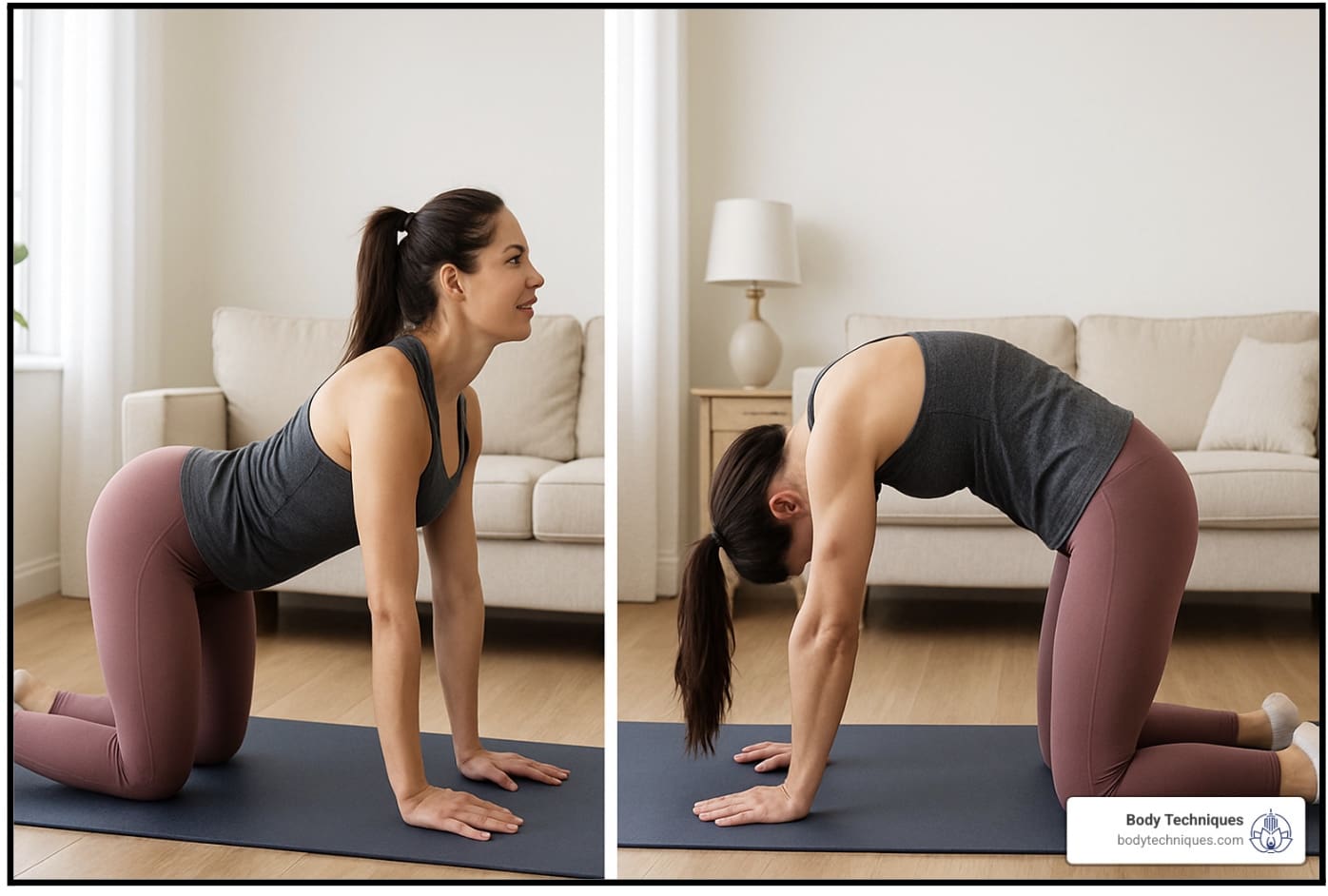Lower back pain affects millions of people daily, from desk-bound professionals to active individuals. Whether it’s due to poor posture, stress, lack of movement, or strenuous activity, this discomfort can interfere with daily life. Fortunately, stretches for lower back pain are one of the most effective and accessible ways to manage and prevent it.
This comprehensive guide from Body Techniques breaks down the best stretches for lower back pain relief, how to perform them safely, and why they work. By adding these movements to your daily routine, you can begin to relieve pain, improve flexibility, and support long-term back health.
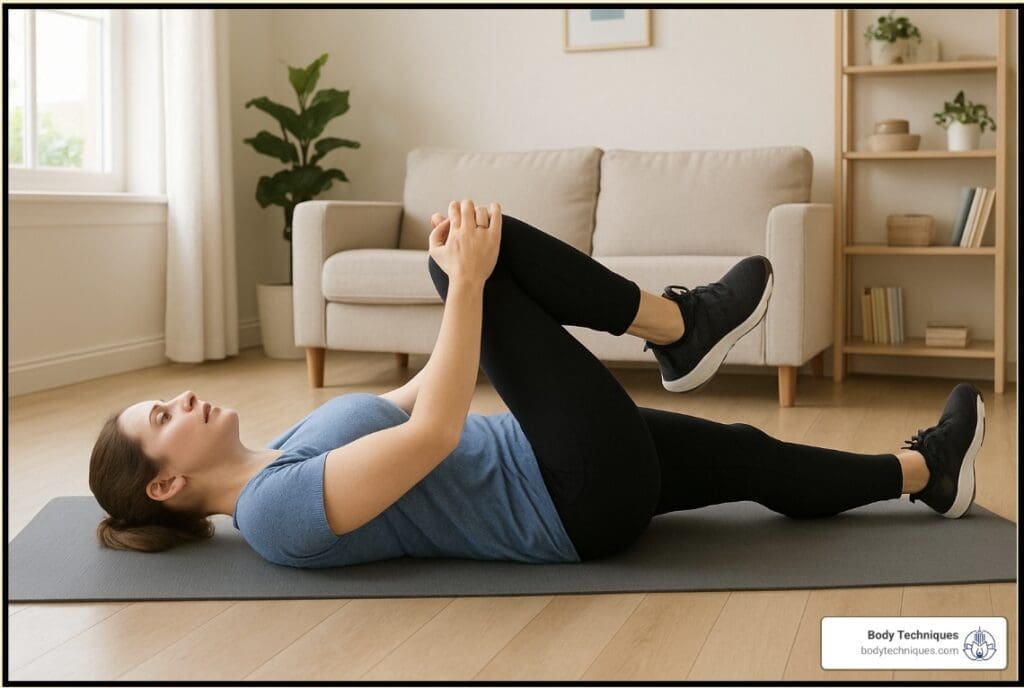
Why Stretching Matters for Lower Back Pain
Safety Tips for Lower Back Stretches
Lower back pain often stems from tightness in surrounding muscles, including the hamstrings, glutes, hips, and even shoulders. Poor posture, weak core muscles, and reduced flexibility in the spine can exacerbate these issues.
Good lower back stretches help by:
- Relieving compression on the spine and nerves
- Encouraging better posture and alignment
- Strengthening the core and lower body
- Improving overall mobility and flexibility
Whether you’re looking for immediate relief or long-term back support, integrating targeted stretches into your routine is key.
The Best Stretches for Lower Back Pain Relief
Below is a breakdown of five effective stretches for lower back pain. Each stretch targets a different area to promote spinal health and reduce tension.
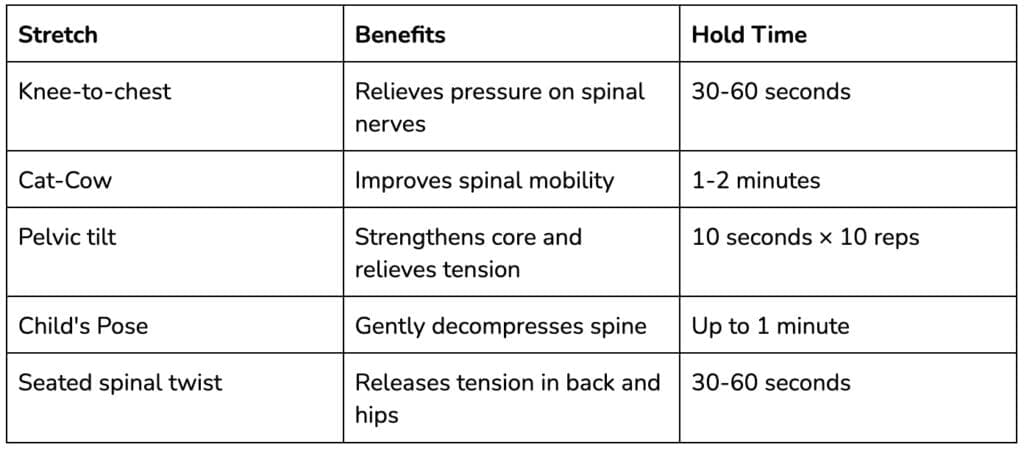
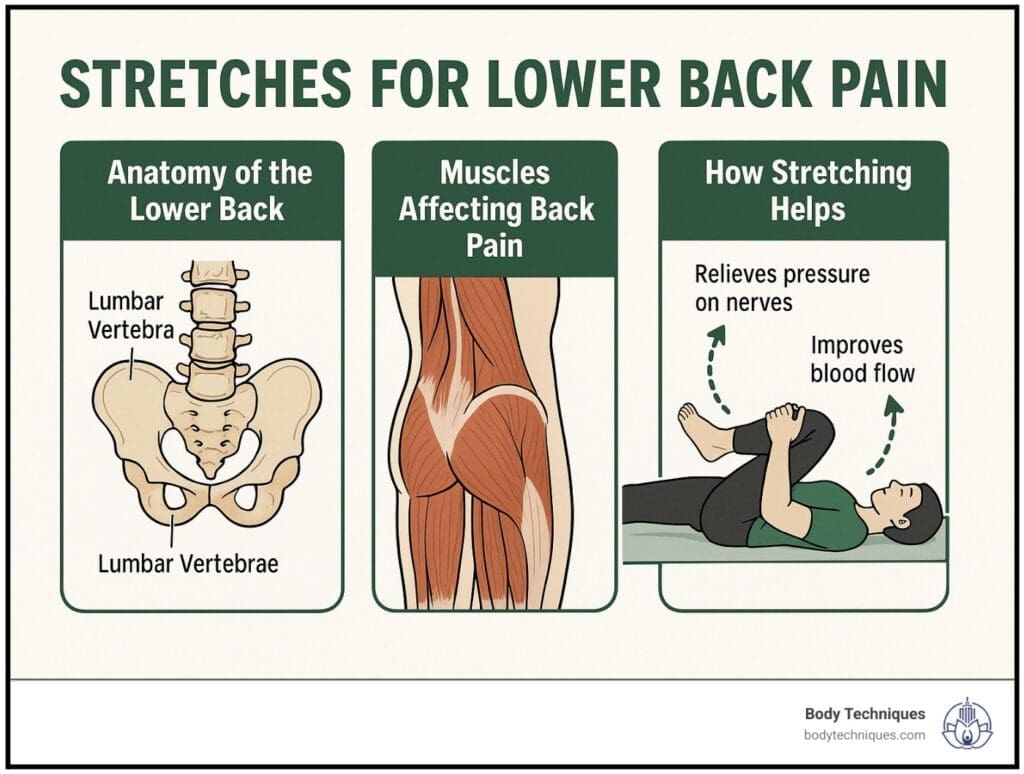
Let’s break down how to do each stretch properly for maximum benefit and safety.
1. Knee-to-Chest Stretch
Why It Works:
This is one of the most common stretches for lower back pain because it gently stretches the lumbar spine, reducing pressure on the spinal nerves.
How to Do It:
- Lie flat on your back with your knees bent and feet flat on the floor.
- Bring one knee toward your chest, holding your shin or the back of your thigh.
- Keep the opposite foot planted or stretch it out straight for a deeper stretch.
- Hold for 30–60 seconds, then switch sides.
Pro Tip: Exhale slowly while holding the stretch to help relax your lower back muscles.
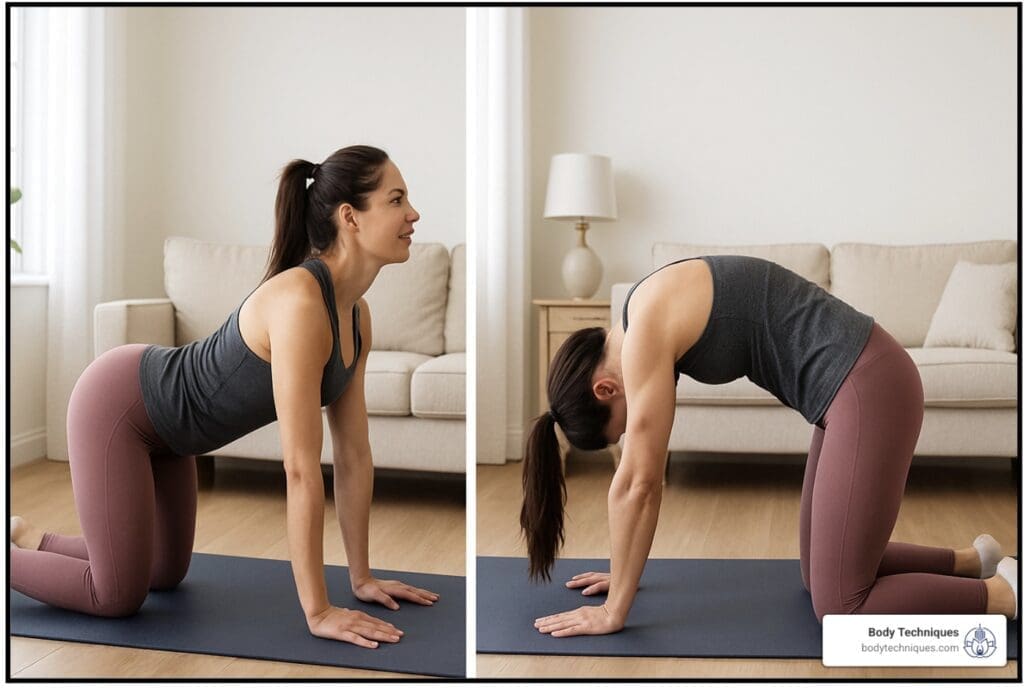
2. Cat-Cow Stretch
Why It Works:
A staple in yoga, Cat-Cow increases spinal flexibility and encourages fluid movement between the vertebrae. It’s excellent for both pain relief and posture correction.
How to Do It:
- Start on all fours in a tabletop position (shoulders over wrists, hips over knees).
- Inhale and arch your back, lifting your tailbone and head (Cow).
- Exhale and round your spine, tucking your chin to your chest (Cat).
- Continue this slow, controlled motion for 1–2 minutes.
Pro Tip: Focus on coordinating your breath with each movement for a calming, tension-reducing effect.
3. Pelvic Tilt
Why It Works:
Pelvic tilts strengthen your abdominal muscles and provide low-impact activation of the core, which is key to supporting the lower back.
How to Do It:
- Lie on your back with knees bent and feet flat on the floor.
- Tighten your abdominal muscles and push your lower back gently into the floor.
- Hold the position for 10 seconds, then release.
- Repeat for 10 reps.
Pro Tip: Keep movements slow and controlled to avoid straining the muscles.
Need more workplace-friendly stretching ideas? Check out our 5 Desk-Friendly Yoga Poses that can be incorporated into your workday.

4. Child’s Pose
Why It Works:
This stretch gently decompresses the spine and stretches the back muscles, especially after a long day of sitting or standing.
How to Do It:
- Kneel on the floor and sit back on your heels.
- Stretch your arms forward and lower your torso between your thighs.
- Rest your forehead on the mat or floor.
- Hold for up to 1 minute, breathing deeply.
Pro Tip: If you have tight hips, widen your knees slightly for more comfort and deeper release.
5. Seated Spinal Twist
Why It Works:
This is one of the best stretches for lower back and hip tension. It also improves spinal rotation and posture.
How to Do It:
Sit on the floor with legs extended.
Bend your right knee and cross it over your left leg, placing your right foot flat outside the left thigh.
Place your right hand behind you for support, and your left elbow on the outside of your right knee.
Gently twist to the right, holding for 30–60 seconds. Switch sides.
Pro Tip: Keep your spine tall and avoid forcing the twist. Gentle rotation is more effective and safer.
Safety Tips for Lower Back Stretches
Stretching can be an effective way to relieve lower back pain, but it’s important to do so safely. Follow these tips to protect your body and get the most benefit:
- Warm up first: Engage in light movement like walking for 5–10 minutes to loosen your muscles before stretching.
- Move slowly: Avoid bouncing or jerky movements, which can cause microtears in the muscle.
- Don’t overstretch: Stretching should feel good—not painful. According to the National Institute of Neurological Disorders and Stroke, low-impact activities like stretching can help strengthen the muscles that support the spine and prevent future pain.
- Use modifications: Props like pillows or straps can make stretches more comfortable and accessible.
Be consistent: Aim to stretch daily, or at least 3–4 times a week, to see lasting improvements.
Incorporating These Stretches into Your Routine
To maximize the benefits of these good lower back stretches, consider integrating them into different parts of your day:
- Morning: Start with Cat-Cow and pelvic tilts to wake up the spine.
- Midday: Use Child’s Pose or seated spinal twist after long periods of sitting.
- Evening: Wind down with knee-to-chest and a longer hold in Child’s Pose before bed.
Even 10–15 minutes a day of dedicated stretching can result in noticeable improvements in flexibility, pain reduction, and overall well-being.
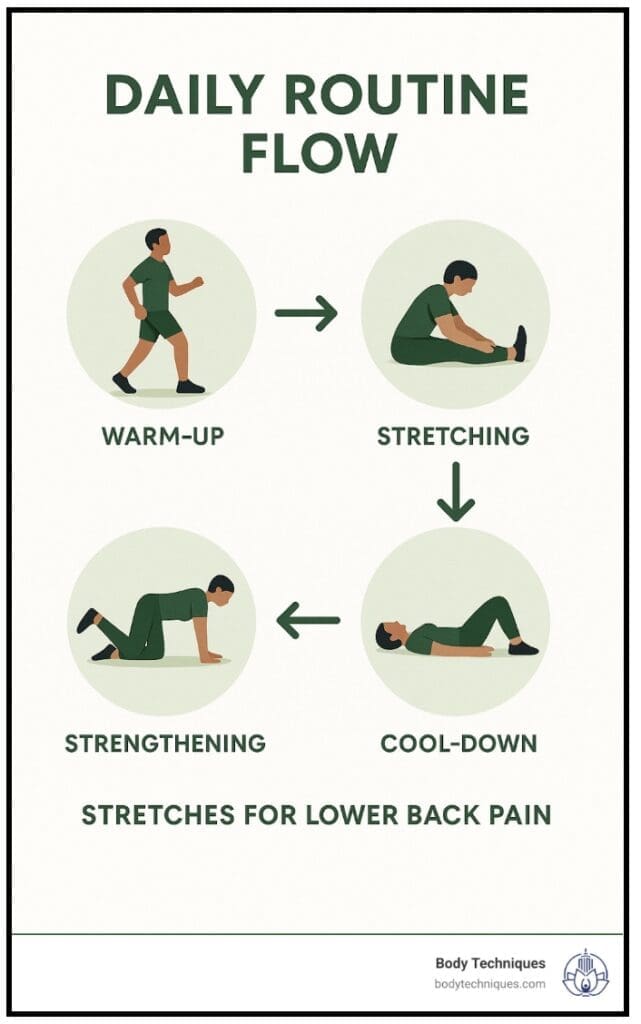
Final Thoughts: Start Stretching for Relief Today
From the best stretches for lower back tension to beginner-friendly poses that gently release tightness, there’s something in this guide for everyone. Make it a goal to practice consistently, listen to your body, and adjust as needed.
At Body Techniques, we’re passionate about proactive wellness—and that starts with knowledge and movement. Want personalized guidance for pain management or ergonomic support? Contact us today to learn more about our corporate wellness programs, massage services, and custom bodywork solutions.
